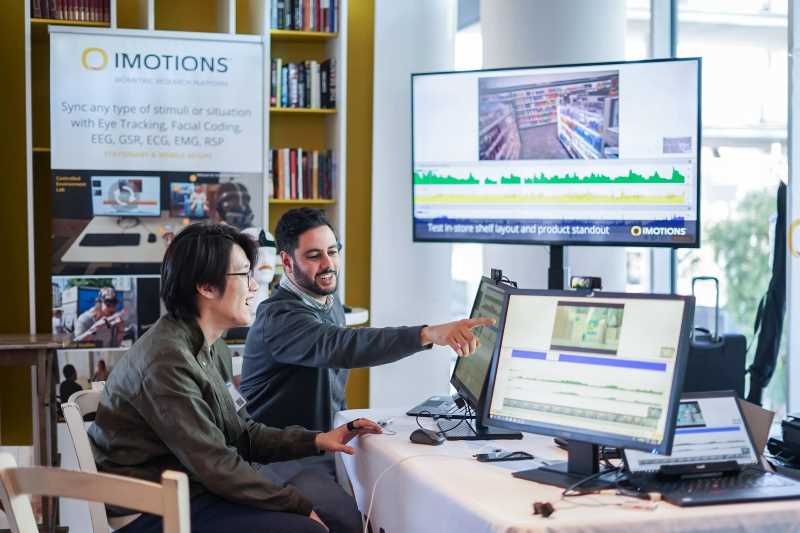Robot-Assisted Language Learning (RALL) has emerged as an innovative method to support children’s language development. However, limited research has examined how its effectiveness is compared to other digital and human-led storytelling approaches, particularly among young learners. This study involved 81 children (M age = 5.58), who were randomly assigned to one of three storyteller conditions: a researcher-developed social robot (Joey), a tablet, or a human instructor. The study examined outcomes across three domains: linguistic (expressive vocabulary, story comprehension), cognitive (attention), and affective (perceptions of the storytelling activity). Results showed that children in robot condition demonstrated better story comprehension and reported significantly more positive speaking and reading perceptions than those in the tablet group. For attention, both the robot group maintained significantly higher levels than the human and tablet groups. However, for expressive vocabulary, no significant groups differences were identified. These findings suggest that while social robots may not be able to fully replace human instructors, they offer prominent benefits in certain aspects of language learning and may serve as a potential tool in early childhood educational settings.







